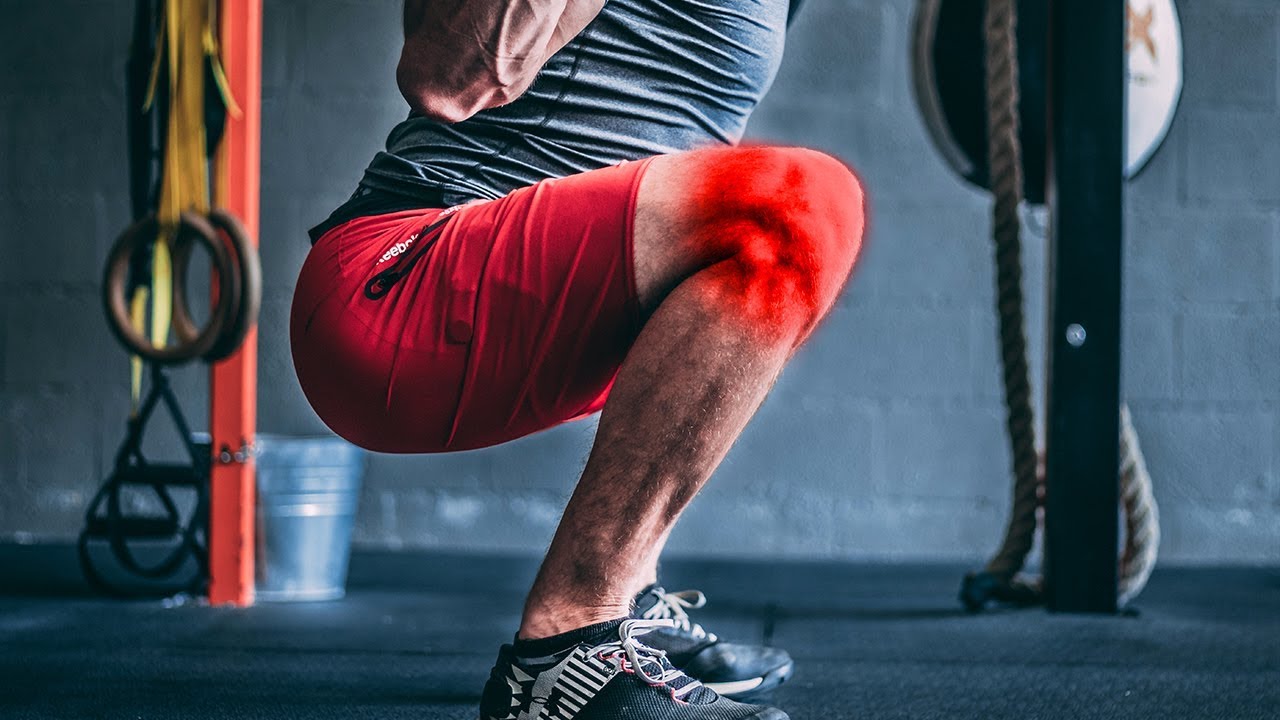CrossFit, a high-intensity fitness regimen that combines elements of weightlifting, cardio, and functional movements, has gained immense popularity in recent years. Its ability to transform lives and build strength is undeniable, but concerns have been raised about its impact on joint health, particularly the knees. In this article, we will explore the relationship between CrossFit and knee health, offering insights on how to overcome pain and thrive in this challenging fitness program.
Understanding CrossFit:
CrossFit is more than just a workout; it’s a lifestyle. It emphasizes varied, high-intensity, functional movements that are designed to increase your physical capacity across ten recognized fitness domains, including cardiovascular and respiratory endurance, stamina, strength, flexibility, power, speed, coordination, agility, balance, and accuracy. While CrossFit has proven to be an effective method for improving overall fitness, it’s not without its challenges, especially when it comes to knee health.
The Knee: A Vulnerable Joint:
The knee joint is a complex and vital structure, consisting of bones, cartilage, ligaments, and tendons. It bears a significant load during many daily activities and workouts like CrossFit. This makes it susceptible to wear and tear, as well as injuries if not properly cared for.
Common Knee Issues in CrossFit:
Several knee-related issues can arise when participating in CrossFit, including:
Patellofemoral Pain Syndrome (PFPS): PFPS, commonly known as “runner’s knee,” is characterized by pain around or behind the kneecap. It can result from overuse, improper form during exercises, or muscle imbalances.
Anterior Cruciate Ligament (ACL) Tears: Sudden movements, improper landings, or excessive force during CrossFit workouts can lead to ACL tears, which are painful and often require surgery.
Meniscus Tears: The meniscus is a cartilage cushion in the knee joint that can be torn due to twisting or overextension, common in exercises like squats and lunges.
Patellar Tendinitis: Also known as “jumper’s knee,” patellar tendinitis occurs when the patellar tendon becomes inflamed, typically from repetitive jumping or squatting movements.
Osteoarthritis: Over time, the high-impact nature of CrossFit can contribute to the development of osteoarthritis in the knee joints, particularly in individuals with poor joint mechanics.
Preventing Knee Injuries:
While the risk of knee injuries in CrossFit is real, there are steps you can take to minimize these risks and promote knee health:
Warm-Up and Mobility: Prior to each CrossFit session, dedicate time to a comprehensive warm-up and mobility routine. Dynamic stretches and joint mobility exercises can improve blood flow and prepare your knees for the demands of the workout.
Proper Technique: Ensure that you perform exercises with correct form. Engage with a certified CrossFit coach who can guide you through movements, offer feedback, and make necessary adjustments to protect your knees.
Gradual Progression: Avoid rushing into heavy lifts and high-intensity workouts. Progress gradually to allow your body, including your knees, to adapt to the demands of CrossFit.
Cross-Training: Incorporate cross-training activities like yoga and swimming to enhance flexibility and balance, which can support your knee joint health.
Recovery: Adequate recovery is crucial. Rest days and self-care, such as foam rolling and stretching, can reduce the risk of overuse injuries.
Footwear: Invest in proper footwear designed for CrossFit, as it provides essential support and cushioning for your knees and other joints.
Listen to Your Body: Pay attention to any pain or discomfort in your knees. If you experience persistent pain, consult a healthcare professional to rule out serious injuries.
Thriving in CrossFit with Knee Pain:
If you’re already dealing with knee pain but are determined to continue CrossFit, consider these strategies:
Modify Exercises: Work with your coach to modify exercises that aggravate your knee pain. For example, use lower weights or substitute high-impact movements with low-impact alternatives.
Supportive Gear: Knee sleeves or braces can provide additional stability and compression, reducing pain during workouts.
CrossFit for Rehabilitation: Some CrossFit gyms offer specialized classes or trainers who can help you adapt CrossFit for rehabilitation purposes, focusing on strength and mobility around the knee joint.
Consult a Physical Therapist: A physical therapist can create a personalized plan to address your knee pain and help you safely continue your CrossFit journey.
Conclusion:
CrossFit is a challenging and rewarding fitness program, but it’s essential to prioritize knee health to ensure a long and pain-free fitness journey. With proper warm-ups, technique, progression, and recovery strategies, you can minimize the risk of knee injuries and thrive in CrossFit. Remember that listening to your body and seeking professional guidance when needed are crucial steps in overcoming knee pain and continuing to pursue your fitness goals.


 Home
Home










